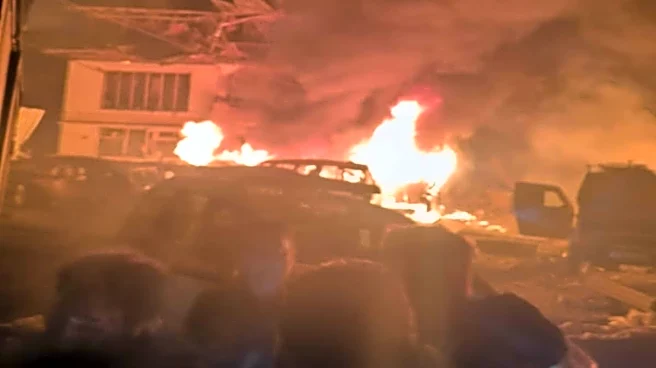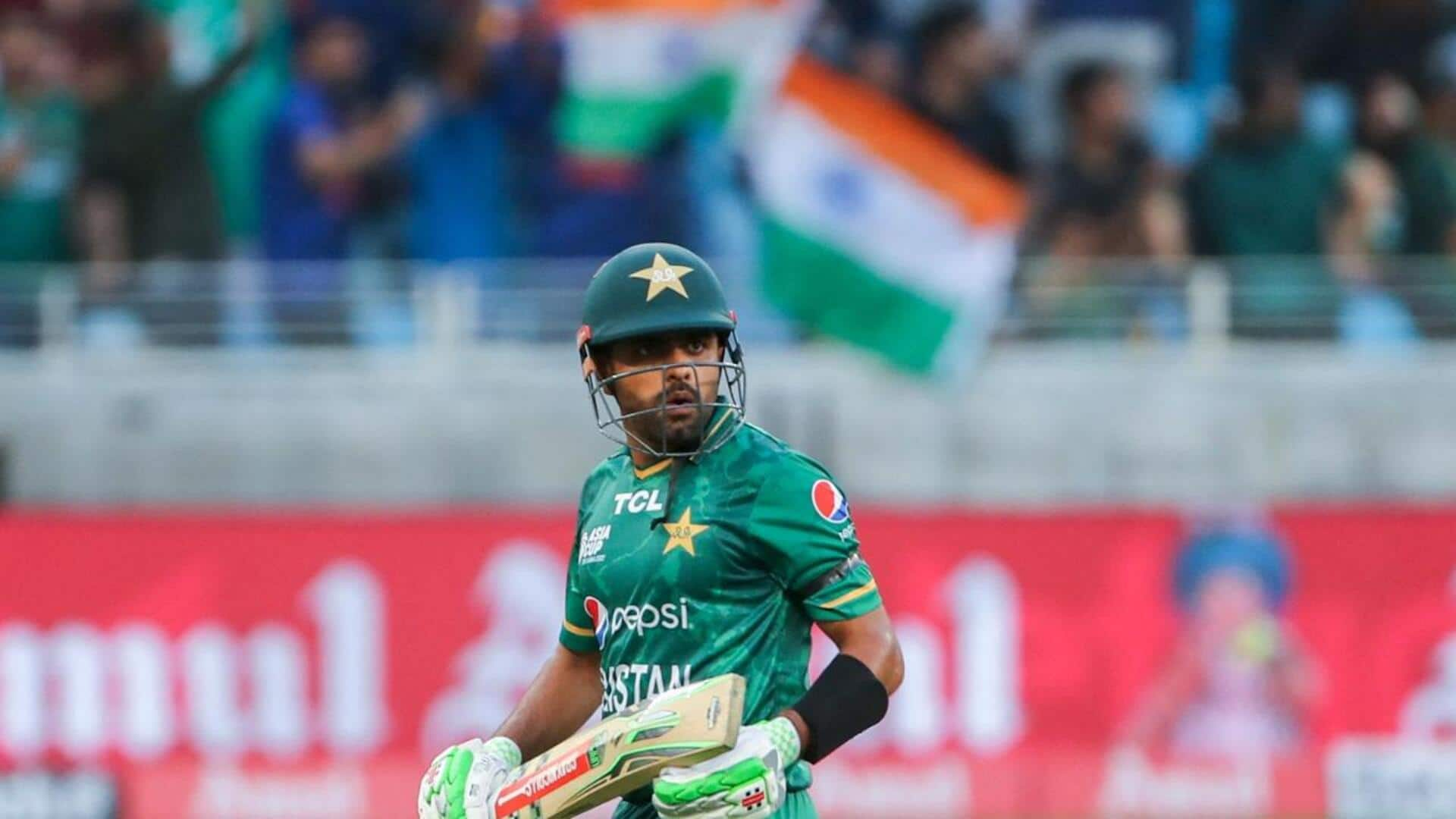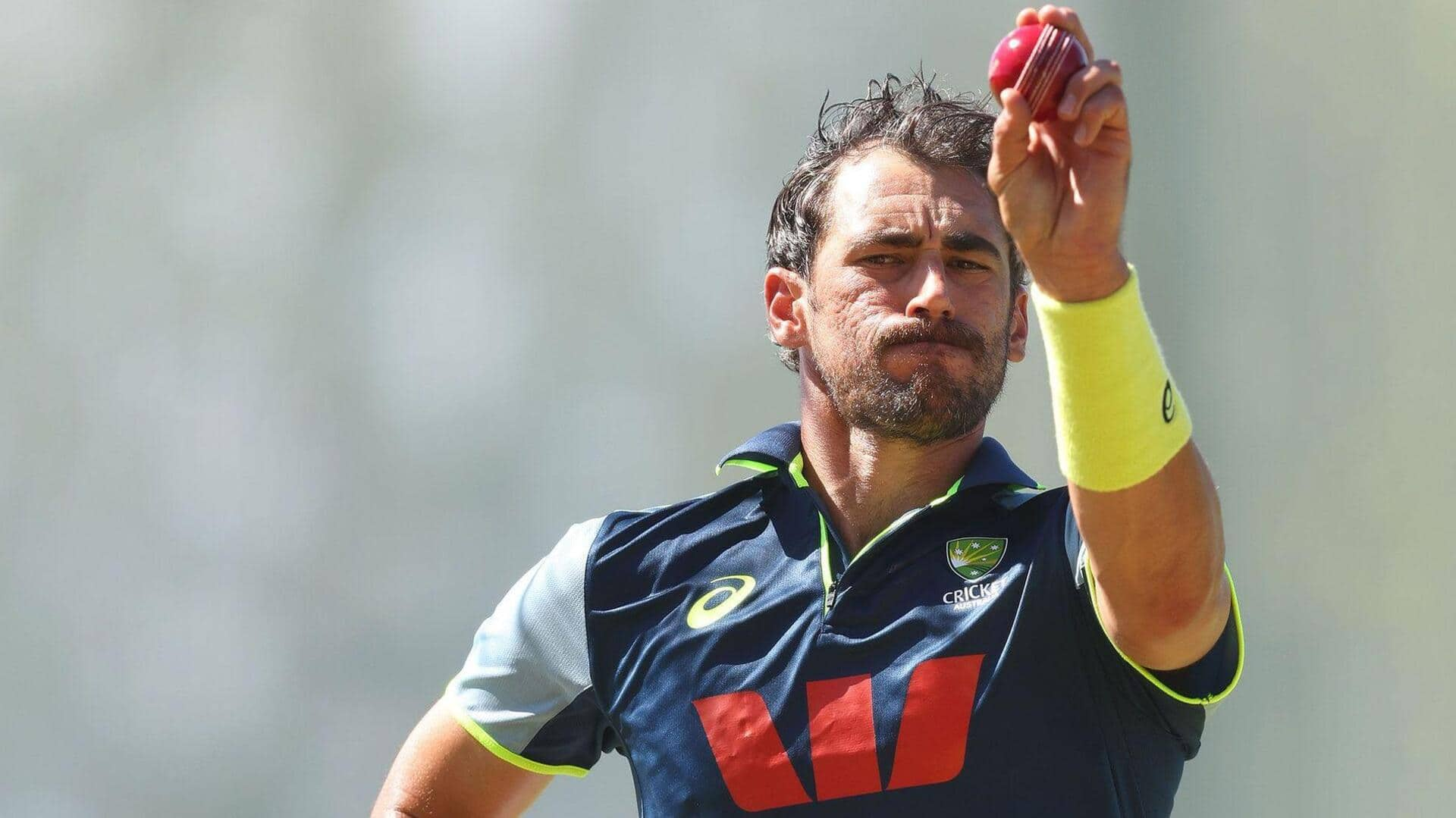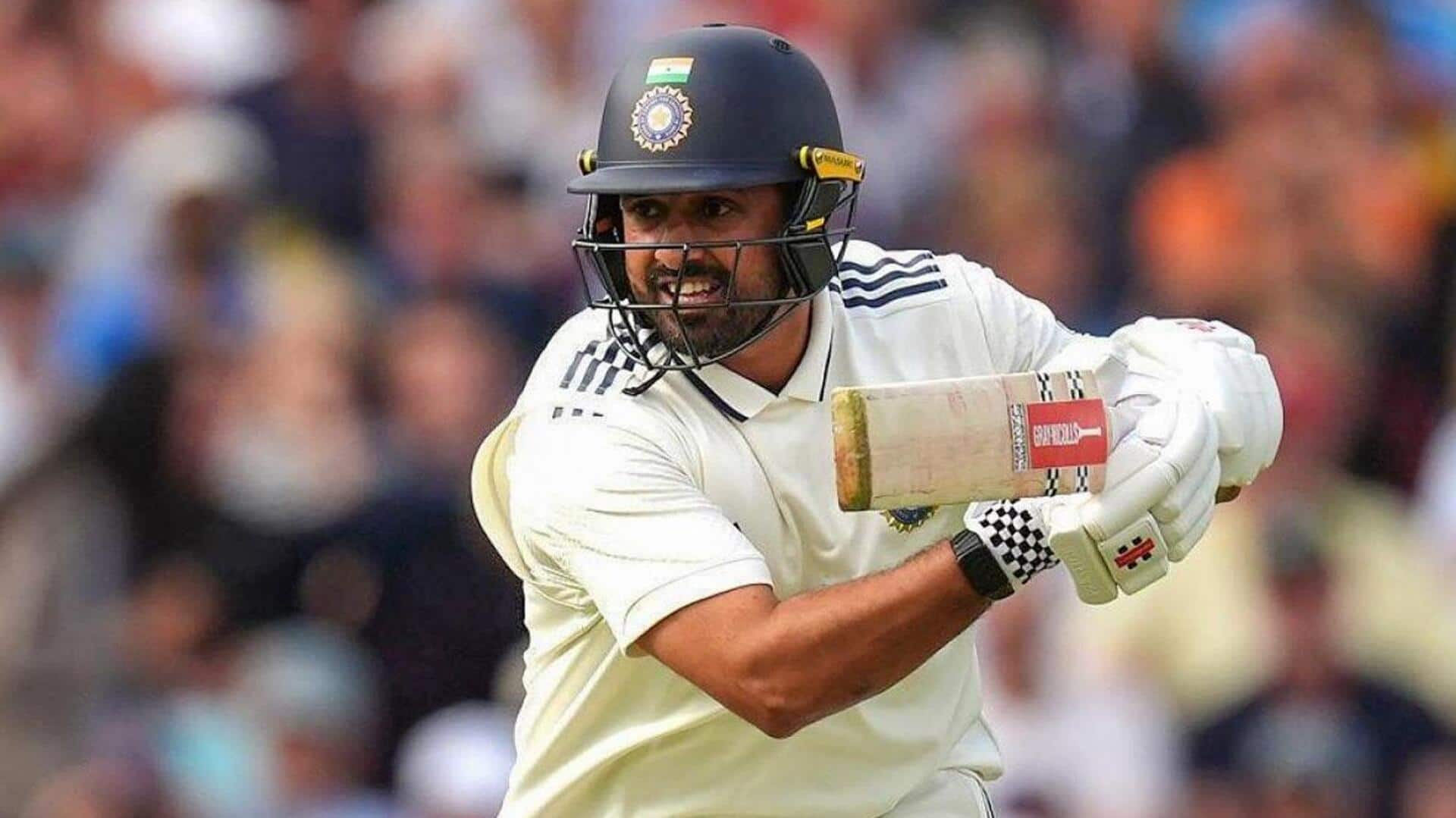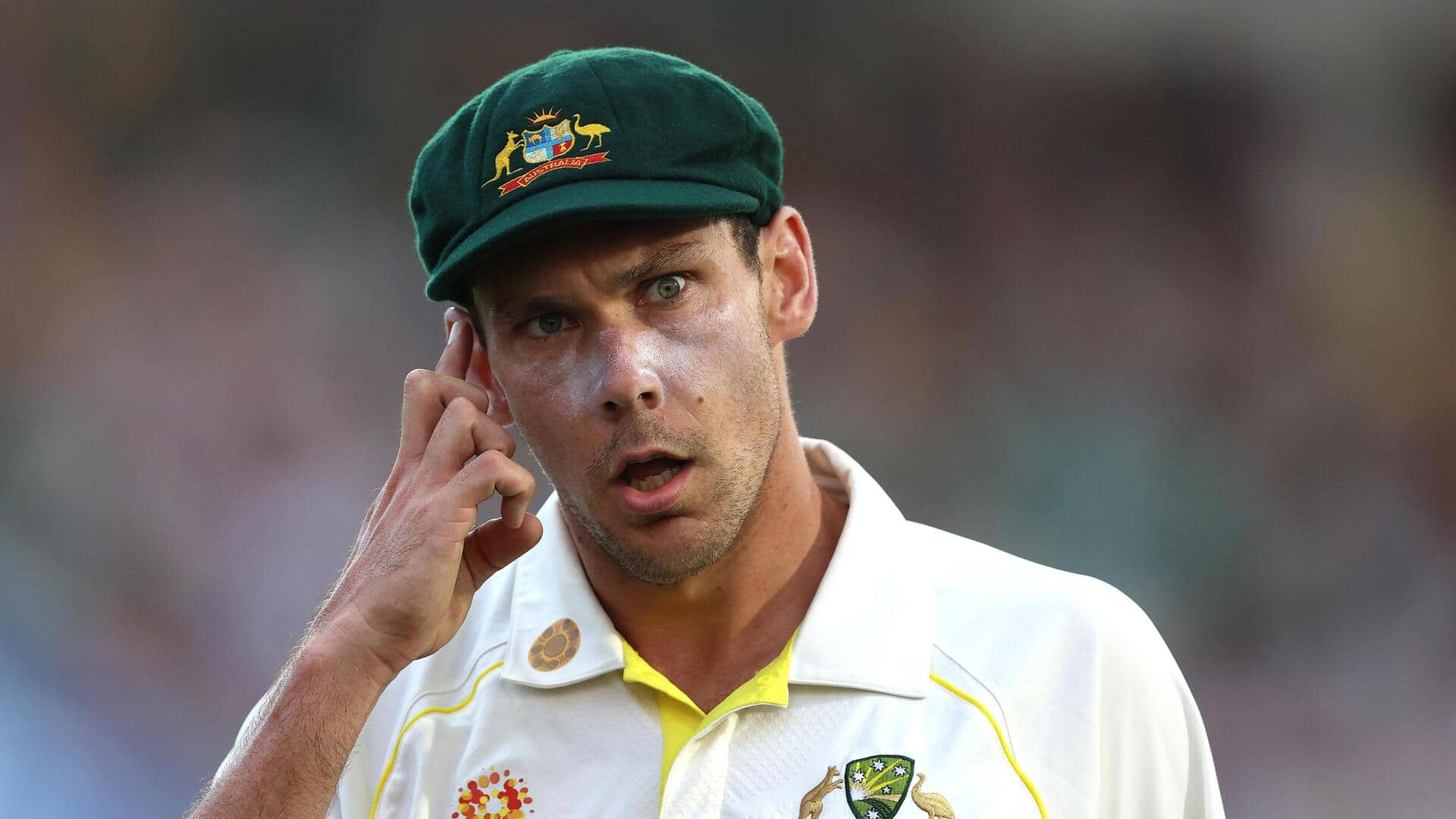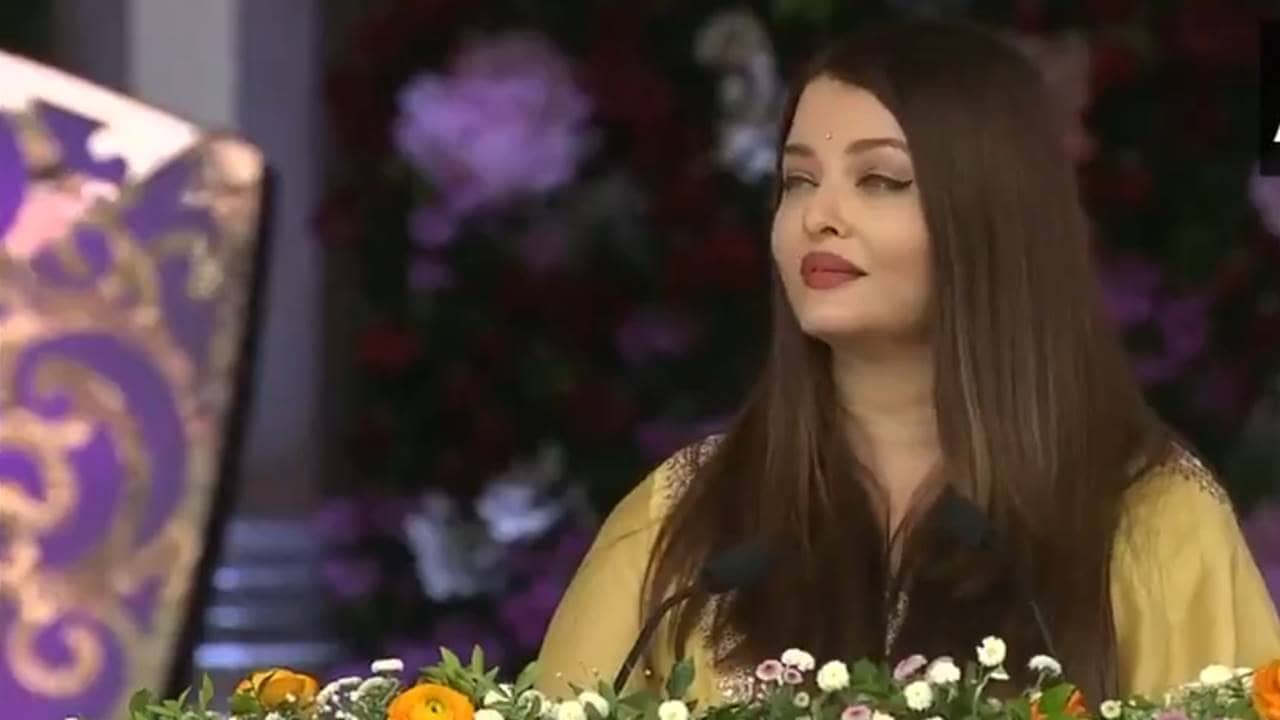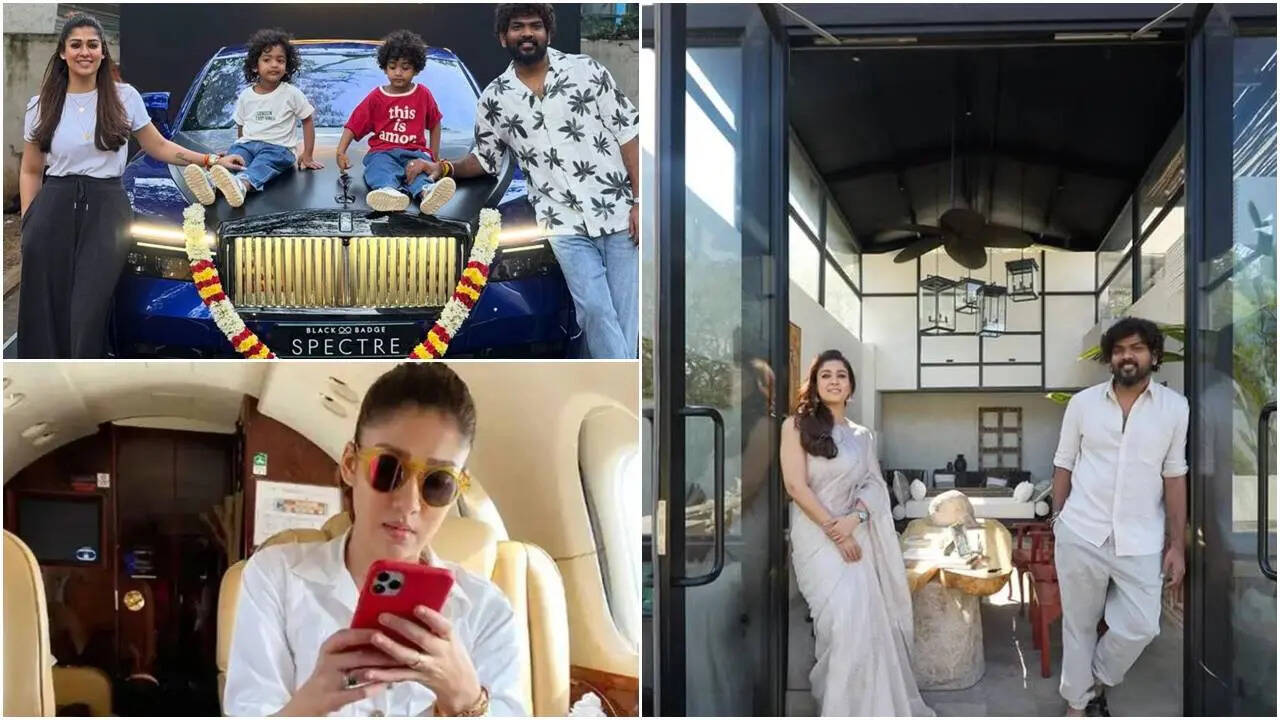The night was unnervingly quiet, the kind that presses against your ears until every small sound feels amplified. It was around 11:22 PM when the stillness broke. A low, thunderous roar rolled across the city, deep enough to shake windowpanes. At first, it felt like an earthquake, one of those tremors that finish as quickly as they start. But this was different. My home sits about 10 kilometres from Nowgam, which is on the outskirts, but the explosion was so loud that far enough the difference between urban noise and something terrible was understandable. The night, the blast didn’t sound distant; it was alive. I grabbed my phone as a curious journalist, already lighting up with messages — short, panicked phrases: “Blast? Explosion?”, “Something
big at Nowgam police station.” Without waiting for confirmation, the journalist in me took over. I started searching for my contacts and collecting my jacket, power bank, mic, etc. — reflex movements rehearsed by years of unplanned nights like this. The air outside was cold, sharp in the lungs. As I called the car driver, a faint tension in me was visible, carried perhaps by the wind or by imagination mixing with adrenaline. The drive to Nowgam was faster than usual. The highway, normally threaded with trucks at that hour, was nearly deserted. Sirens came first — ambulances and police gypsies flashing past in the opposite direction. Armoured vehicles were blocking parts of the main road. Officers were waving away bystanders, their faces tight and pale under flashing lights. From there, it became a walk. I left the car near the roadside and continued on foot, breath visible in the cold. By the time I turned toward the Nowgam police station, the scene felt surreal, as if a street I had crossed a hundred times had suddenly turned into a battlefield. The structure that used to be the police station was now barely standing. In the rubble, J&K policemen were looking for their colleagues. Officers were everywhere. Some were shouting instructions; others were completely silent, moving with grim urgency. The soundscape was chaotic — a mixture of walkie-talkie chatter, the wailing of sirens, and the muffled cries of the injured being carried to ambulances. I saw policemen working together to lift a body wrapped hastily in a blanket. Near the boundary wall, a team of rescuers with flashlights combed the debris for survivors or remains. Fragments of uniform fabric, pieces of glass, and small unidentifiable objects littered the ground. Police were looking for pieces which were blown as far as 300 metres. Keeping the sensitivity of the situation in mind, I began recording — short clips capturing the rescue, the movement, the human effort amid disaster. Behind the lens, the devastation looked unreal, almost cinematic, but the smell and the cries kept anchoring it. I found an officer I knew faintly at the scene. His voice cracked when he spoke: “Sample collection was taking place inside when the blast happened. The blast took the whole police station. Some are dead and others have been shifted to hospitals.” The death toll wasn’t clear yet. Names were still being called out. The silence that followed each body being carried out was the hardest to describe. For a few seconds after every recovery, even the sirens seemed to quiet down. Floodlights illuminated what hours earlier had been a secure compound. Now it looked like a wound — the kind that seeps slowly but never truly heals. Standing there, I was both a witness and intruder. Journalism teaches detachment, but some nights make that impossible. The air itself carried stories that no lens or microphone could fully capture — the fear, the confusion, and the fragile calm that follows a night of terror. As I made my way back, behind me, the police station lay in ruins, guarded by those who had lost their own in its walls. For them, the night would never end.
